Trackball vs. Regular Mouse – Which is Better?
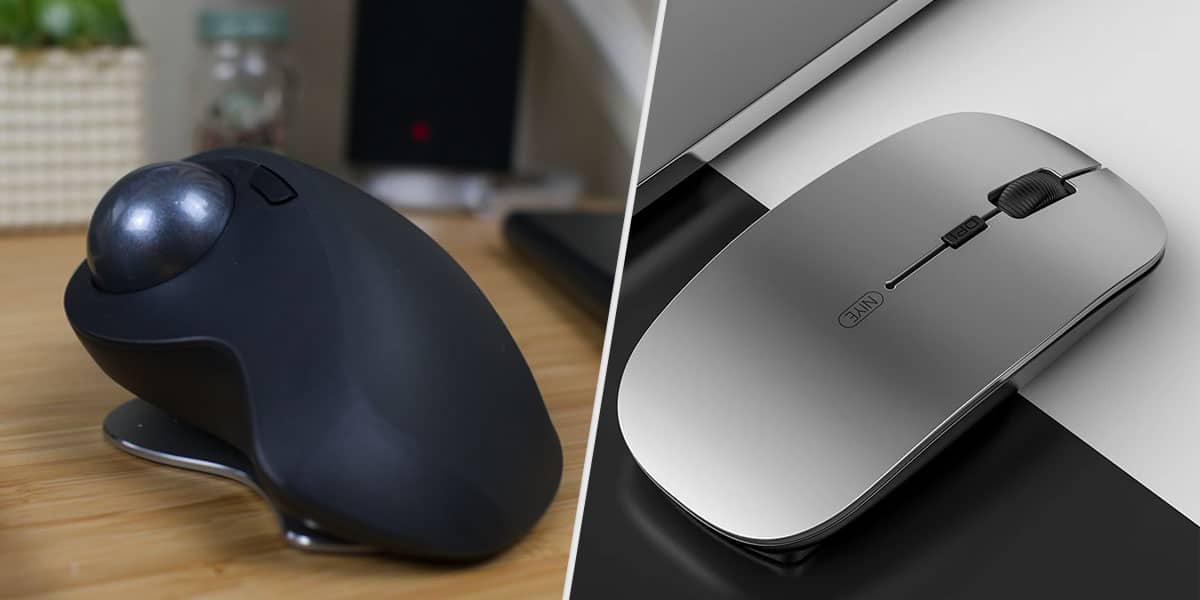
The standard set of computer tools has been in stone for decades. We use a keyboard for typing the input and use a mouse to navigate through the Graphical User Interface. The mouse is a great input device used to point at icons, files, folders, and more. But this is not the only option you have. There are other options to substitute the use of a regular mouse, i.e., Trackball Mouse.
Now a question that arises in every user’s mind is, Are trackball mice better than a regular mouse? In this article, we are going to compare Trackball vs. Regular mouse for you. This will help you to make a decision which one is better for you.
Trackball Mouse
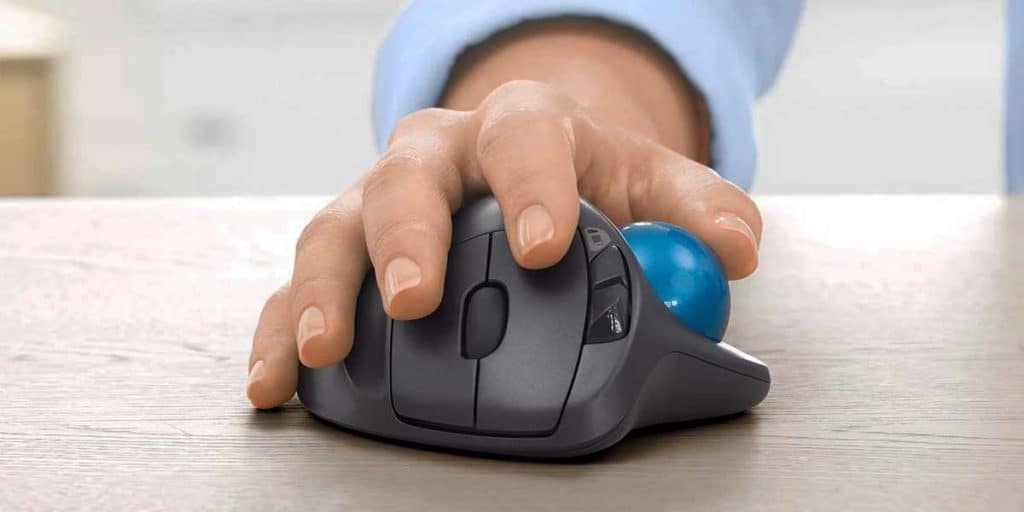
A trackball mouse is an input device that holds a ball in a socket consisting of sensors. These sensors help to detect the movement of the mouse along the axes. You can navigate on your screen by rolling the ball on the mouse without moving the mouse. To roll the ball, you can use your thumb or fingers or your hand palm to roll the ball and use fingers to press the buttons on the mouse. In a regular mouse, to reposition, you have to lift the mouse.
Similarly, in a trackball mouse, to reposition, you have to lift your finger, or thumb, or palm. Some trackballs have particularly low friction and are made of a thick material like glass, which allows them to be spun at high speed. The position of the button on a trackball mouse is unique and is arranged in a way that suits the user.
Also read: Mouse Lift Off Distance | Best Lift Off Distance for Gaming
Types of Trackball Mouse
There are mainly two types of trackball mouse, the thumb-operated trackball mouse and the finger-operated trackball mouse.
1. Thumb-operated Trackball
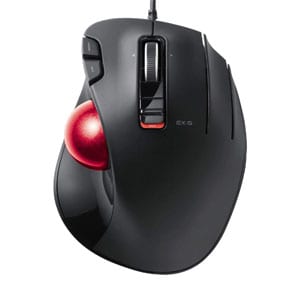
In this trackball mouse, the ball is located near the thumb. This will make operating the mouse with the thumb a lot easier. The rest of the mouse is similar to a conventional mouse.
To move the ball, you can use your thumb, and to press the button, you can use your index and ring finger. This kind of trackball mouse is usually for right-hand users. The Logitech MX Ergo Advanced is one of the best thumb-operated IMO trackballs.
2. Finger-operated Trackball
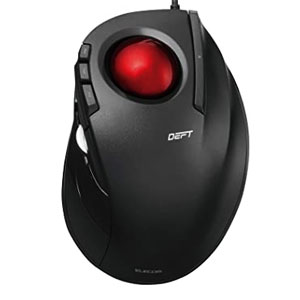
To operate this trackball mouse, you have to use your index and middle finger to roll the large ball. The thumb and pinky finger are used to operate the large buttons on the side that act like the Left/Right button. To simplify web page scrolling, some trackball mice come with a scroll ring.
The trackball mouse can be used by both, left hand and right hand users. This gives the trackball mouse an upper hand over the regular mouse. The Kensington Orbit is one of the best finger operated mice by IMO.
Advantages of Trackball Mouse
In addition to reducing footprint and increasing productivity and desk space, employing a trackball mouse has various other advantages.
1. Preventing Repetitive Strain Injuries
When you control a trackball, there is very little “windshield” action. Your arms and shoulders are neutral, and most motions occur in your thumb or in your distinct finger combination. The shape of a regular mouse and the posture cause common RSI such as carpal tunnel syndrome, tendentious cramps, and hand cramps. Therefore, when you use a trackball mouse, you can prevent RSI.
2. Beneficial for old & disabled users
Old users or disabled users who can not hold a mouse steadily face problems while using a regular mouse. But when you use a trackball mouse, you do not need to move or hold the mouse. Therefore, it becomes convenient to use for old and disabled users.
3. Beneficial for people who easily fatigue their hands or fingers
An ambidextrous trackball (finger-operated versions) design is suitable for people whose hands or fingers quickly strain. It enables you to switch from left to right hand or vice versa, dispersing the stress on both sides.
4. Beneficial for people working in limited spaces
If you frequently bring your laptop out in cafés or outdoors where there is little or no flat surface, In such situations, the best alternative to a standard mouse is a trackball mouse. The device is stationary, whether navigating websites, highlighting text, or closing and opening applications. Therefore, it can be easily used in tight spaces.
Disadvantages of Trackball Mouse
Everything has an advantage and disadvantage. Similarly, there are a few disadvantages to the Trackball mouse.
1. Not as accurate for certain tasks as a regular mouse
As you become used to a trackball, your precision improves. But for many people, the accuracy of a regular mouse is better than a trackball mouse. The difficulty is that the trackball is just more responsive than a normal mouse. This is because a shiny ball needs far less power to move than a whole mouse. Therefore, even if the ball is touched accidentally, the pointer is off the target. Therefore, certain details such as the selection of a few letters or the dragging of a file in a word are slower with the use of a trackball.
2. Not suitable for quick gameplay
There aren’t different opinions on this. When it comes to moving the cursor from point a to b on a linear line, a trackball is just slower than a regular mouse. This is because, after each trackball spin, the cursor on the screen travels a certain distance only. BY Comparing trackball vs. regular mouse, the cursor may move the entire range of the screen in a fraction of a second with a rapid motion with your arm while using a regular mouse. For specific types of games like FPS, if you use a trackball mouse, your movements will be slow, and you won’t be able to perform well.
Trackball vs. Regular Mouse
| Regular Mouse | Trackball Mouse |
|---|---|
| The sensor slides around the surface | The surface is moving across the sensor |
| Requires movement of the wrist/arm | Requires movement of the finger/thumb |
| More room require on the desk to use this mouse | No extra space is required for using this mouse |
| Uses pads for glider | Uses ball rollers |
| Glider cleaning may be necessary | Bearings may need to be cleaned |
| Cable drag can prevent movement | The friction of the ball can prevent movement |
| Weight can be a comfort determiner | Ball size can determine comfort |
These are some of the differences mentioned in the table above. But now we will compare everything in detail.
1. Design
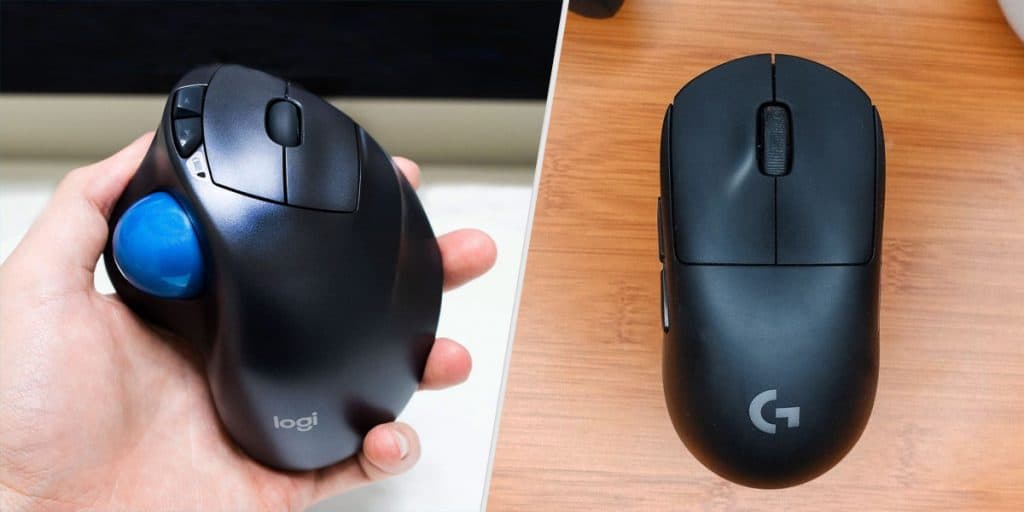
When you compare trackball vs. regular mouse, the regular mouse typically comes in fewer designs than the trackball. All the regular mice are designed with the same basic configuration: left-click, middle-click/scroll button, and right-click. There may be more buttons, but the core 3-button arrangement is always placed in the same position.
Regular mice are symmetrical as well as ergonomic, facilitating both ambidextrous use and long-term comfort. The weight of the mouse has a major role in usability and strain for a gaming mouse. While a mouse such as the Logitech G502 (one of the most expensive gaming mouse) has adjustable weights, others like the Glorious Model O (one of the most lightweight gaming mouse) feel like feathers when you use them.
The regular mouse relies on plastic feet called “gliders” to ensure that the mouse runs smoothly and effortlessly across any given surface. These gliders can get dirty or greased up over time.
On the other hand, Trackball Mice come in various designs based on the trackball’s position and size. Trackballs that use your thumb to move usually have left, middle and right clicks with a more traditional structure. Trackballs with a larger central finger are more imaginative, and some even use a scroll ring instead of a clickable wheel.
The trackballs rely on a number of balls below the globe to make sure the ball turns fluidly and quickly. These balls may get dirty or ragged over time and have to be cleaned using a q-tip. With the trackball mouse, you won’t be facing a problem of cable drag, but you will face the friction issue. Trackballs often weigh more, and weight serves an essential role in preventing the mouse from moving too much when it is used. The ball’s size and position impact the comfort of the trackballs.
2. Ergonomics
If you are using a computer all day continuously, it takes a great deal of time to use a mouse. All these movements across a desktop can cause some severe wrist aches. Trackpads are an enhancement since you do not have to move your wrist; instead, you use your fingers. But while executing wide motions with a cursor, you still need to move your wrist and arm.
A well-designed trackball, for example, Logitech Trackball, can lower the risk of wrist pain considerably. The device is molded such that your hand is only placed above the ball with your fingers over the buttons and the wheel and thumb naturally over the ball. This instantly transfers the movement of your wrist to your thumb.
The moving movement in the cursor is incredibly smooth since the thumb is an extraordinarily flexible digit and can move freely up, down, left, and right. If your pointer does not track to the edge of the screen, it’s not necessary to pick up the mouse to reposition it. Especially when you have a tight space, this feature really helps.
3. Grip Style & Hand Movement
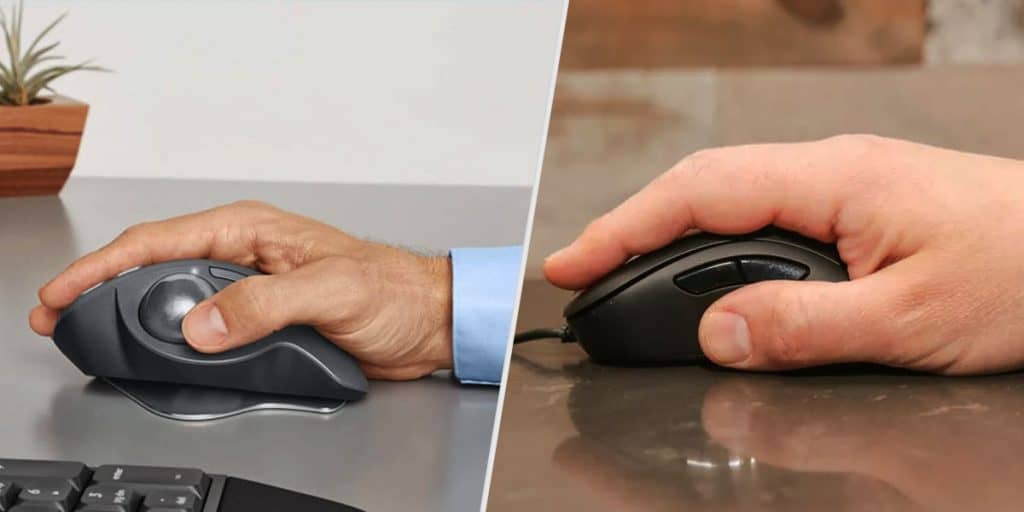
Usually, individuals employ one of three grips: palm grip, claw grip, and fingertip grip while using a regular mouse and a gaming mouse.
Palm grip with the ergonomic mouse is usually more feasible and easier because it is more in line with your hands’ natural forms and contours. The palm is on the mouse, and the fingers are curled up in a claw grip, like a clutch. Your thumb and pinky finger’s clamping force prevent the mouse from slipping.
Fingertip grip moves and controls the mouse with the fingers, and, if necessary, the palm heel is employed more like a pivotal point. A trackball mouse emphasizes mostly ergonomics and convenience of use and tends to make your forearm and wrist more natural and less pronounced.
Whether you choose a trackball with a thumb or a finger, it should be better because your whole hand is not expected to operate with the mouse; instead, you utilize thumb or finger motions which can be more intuitive if you use laptop trackpads and touch screens for mobile devices.
You can select your perfect posture for long-term use because the trackball never changes its position.
4. Accuracy
Many users who try to use a trackball for the first time are concerned about the device’s accuracy. It takes a little time to get used to the movement, especially when you try to track vertical or horizontal lines pretty straight.
Indeed, a trackball is equally as precise as a mouse and more than a pad. Trackballs were preferred mover over regular mice by early graphics designers. Naturally, most artists today rely on digitizers to ensure that they govern the arts as smoothly as possible.
5. Gaming
Mouses are in high demand among gamers. They keep track of dpi, accuracy, and response times. Certain mouse models can be adjusted in size and weight. All these features might lead to very hefty price tags. While playing fps games (check best FPS gaming mouse), you have to keep changing your cursor point.
For a regular mouse, you have to lift the mouse to reposition it after it reaches its limit. Also, the cable drag may affect your movement while gaming. But when you use a trackball mouse, you don’t face these problems. Therefore, a trackball mouse is a better choice when it comes to gaming.
Conclusion
After comparing trackball mouse vs. regular mouse in almost every aspect, the trackball mouse has the upper hand over the regular mouse. While the most ergonomic shape factor for a pointing device will always be a topic for debate. You must try using a trackball mouse once. You should definitely use a trackball mouse if:
- You have frequent strains associated with the mouse, such as carpal tunnel syndrome, tendonitis, and hand cramps.
- You find it difficult to hold the pointer in the right place when clicking or double-clicking.
- You get tired or strained from using a trackpad.
- You don’t have enough flat surfaces to operate a mouse.
For many people with a trackball, precision and speed will be a factor. Therefore, a horizontal or vertical mouse is likely still an ergonomically designed choice for the majority of us.
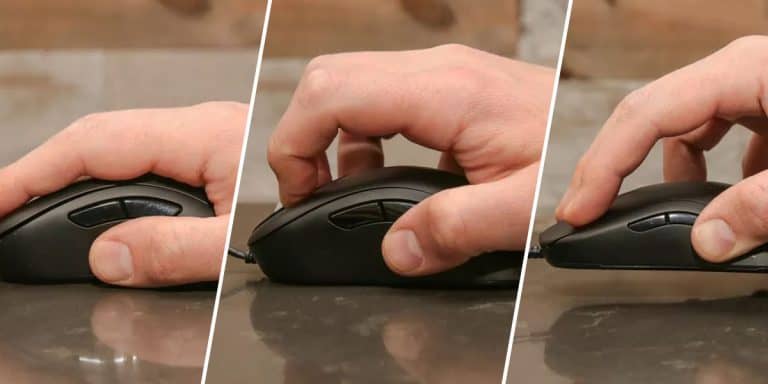
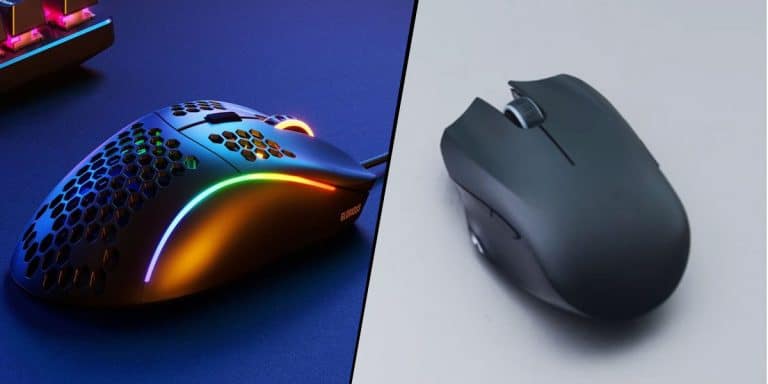
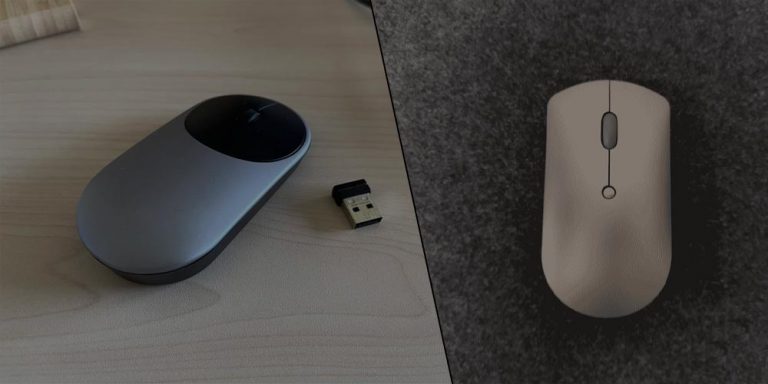
am le s LGBTQ+ for life what ever bye now i as doing meh hw
Xb XD